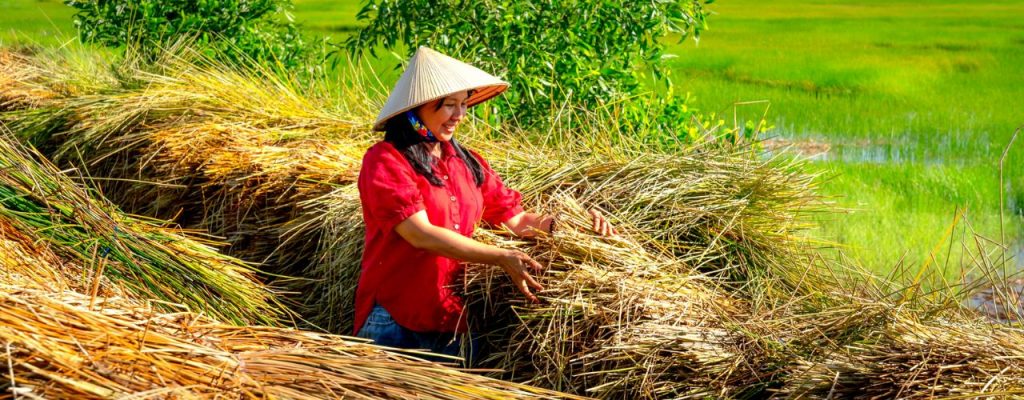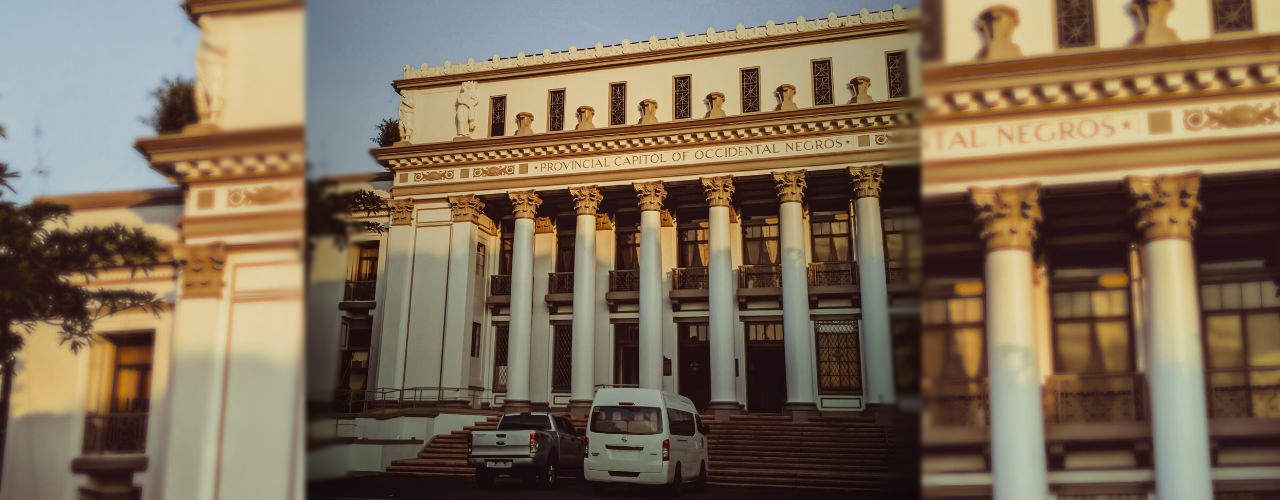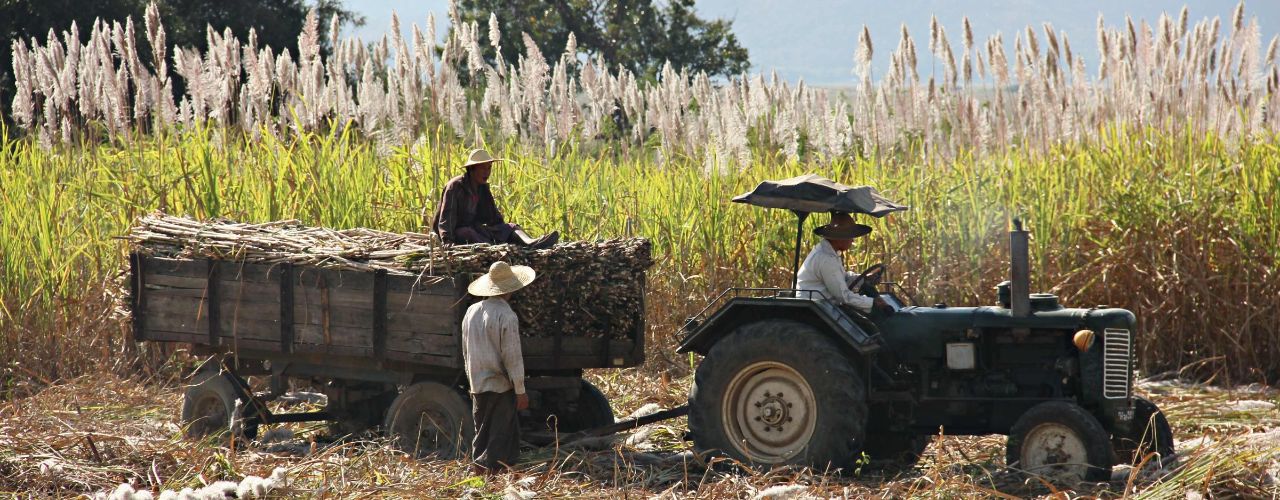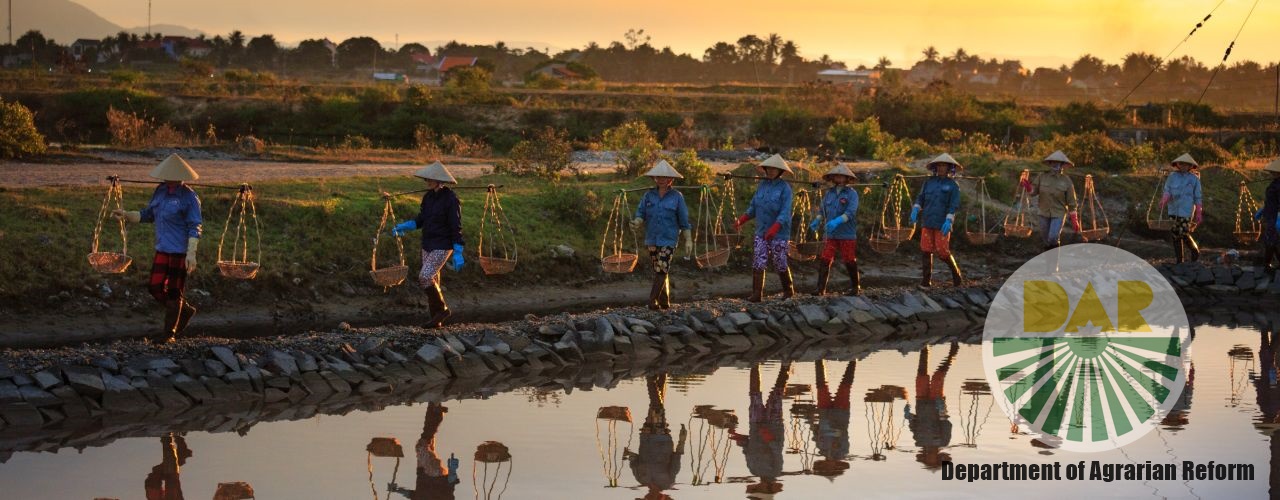
Table of Contents
What is homestead patent in the Philippines?

A Homestead Patent is a document awarding untitled property to a Filipino citizen who must cultivate the land.
A Homestead Patent – along with Residential Free Patents, Agricultural Free Patents and to some extent Miscellaneous Sales Patents help regular Filipinos title property that they have worked on or lived on in their names.
A Homestead Patent is not yet a Land Title but allows the applicant to get a title at the Registry of Deeds after the Homestead Patent has been awarded to them.
On what law is a Homestead Patent in the Philippines based?

A Homestead Patent is based on the Commonwealth Act 141 of 1936.
A Homestead Patent is discussed in the Chapter dealing with the forms of concession of agricultural lands, although it was subsequently impacted by the 1987 Constitution reducing the allowable hectares to 12.
Who is eligible for a Homestead Patent in the Philippines?

Persons eligible for a Homestead Patent in the Philippines are the following:
- Filipino citizens
- Over 18 years old or the head of the family
- Does not own more than 12 hectares
- Must actually occupy the property and treat it as his residence
- Land must be agricultural
After the Homestead Patent Application is approved, the law requires that at least one-fifth of the land be cultivated one year to at most five years from the date of the approval of the Application.
Only when this condition is satisfied can the applicant continue the process and receive a Certificate of Title.
Note that it is now easier for married women to apply.
Previously, a married woman had to fulfill certain requirements (her husband was in prison, insane, etc.) if she wanted to apply.
DAO-2002-13 removed these requirements and so now treat men and women applicants equally.
Where are the requirements for a Homestead Patent in the Philippines?

The requirements for a Homestead Patent in the Philippines are the following:
· Homestead Application
· Certification from the Municipal Agrarian Reform Office (MARO) that the applicant is not a CARP beneficiary
· Certification of the actual occupancy and residence by the Barangay Chairperson
· Certification from LRA or RTC
· Certification on the Classification of the Land by CENR Officer
· Approved Plan and Technical Description
· Other requirements as needed
The CENRO office will guide you through the requirements since there is some variability in what is required and in each CENRO office as to the exact process.
How do I apply for a Homestead Patent in the Philippines?

The process for applying for a homestead patent in the Philippines has several steps, starting with going for an assessment at CENRO and up to the Issuance of the Title.
Steps for a Homestead Patent in the Philippines:
- Assessment at CENRO
- Submission of the requirements at CENRO
- Preliminary Investigation Report and Land Data Record Sheet
- Approval of Application
- Notice of Intention to Make Final Proof
- Final Proof with the Testimony of Applicant
- Final Investigation Report
- Preparation of Judicial Form No. 67 and 67-D with the technical description on the back
- Issuance of Patent
- Transmittal to the Registry of Deeds
- Registry of Deeds to issue Original Transfer of Title

Above, I mentioned that there was variability in the Homestead Patent Application of each CENRO office
So, expect that there are going to be variations from the above process.
Also, expect that it is going to take a lot of time and a lot of follow-ups.
If you have worked with the DENR CENRO office before you know that they have difficulty getting information from their own files.
For a Homestead Application, they are required to check the status of the land – for example, if the lot is within the public domain and basic information about the property.
Because their computerization through LAMs is not complete and very glitchy at the moment, their ability to access their own data is slow.
Because of this, expect an application to take much longer as they pull up records manually.
FAQs for Homestead Patent in the Philippines
Can I sell Homestead Patent in the Philippines?

No, it is void if sold within 5 years from the grant of the patent.
PD 11231 only removed the restrictions on Section 44 which are specific to Free Patents.
Can you sell free patent land in the Philippines?

Yes, for Agricultural Free Patents under RA11231.
Is a free patent the same as a CLOA?

No, a free patent is not the same as a CLOA.
A CLOA or a Certificate of Land Ownership Award is for government-distributed land under the Agrarian Reform program.
A Patent is the disposition of public land which has several types: Agricultural Free Patent, Residential Free Patent, Miscellaneous Sales Patent or Special Patent.

